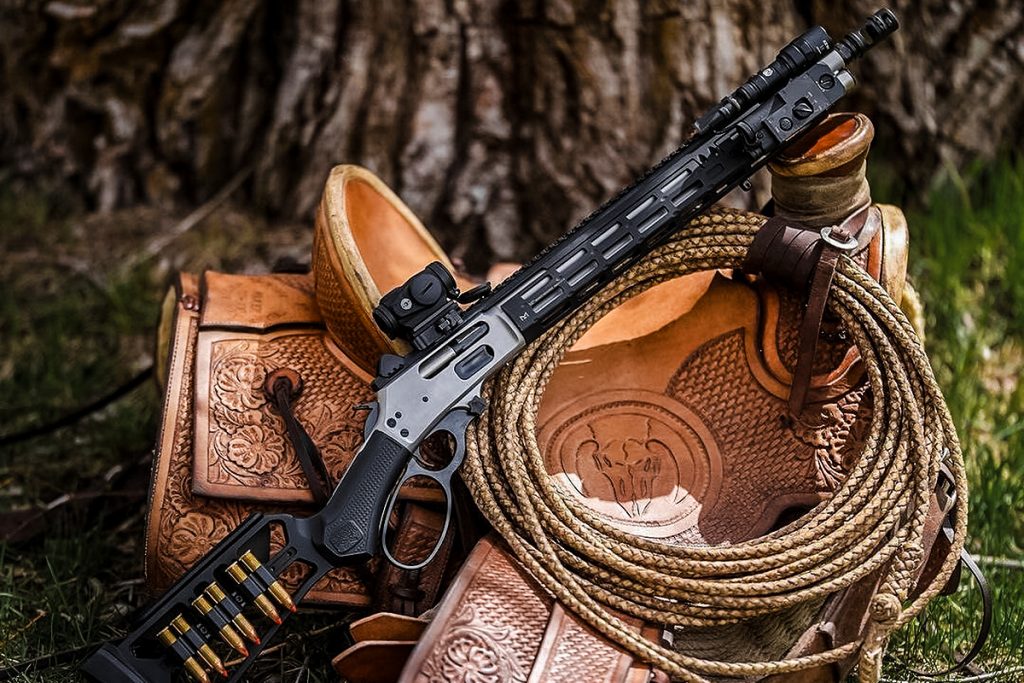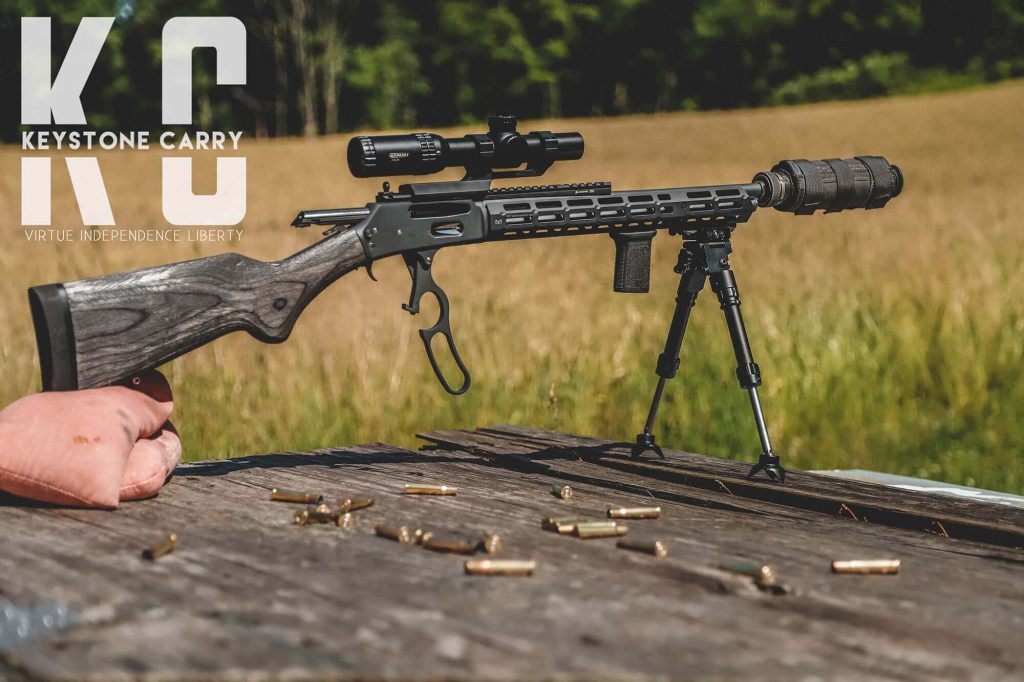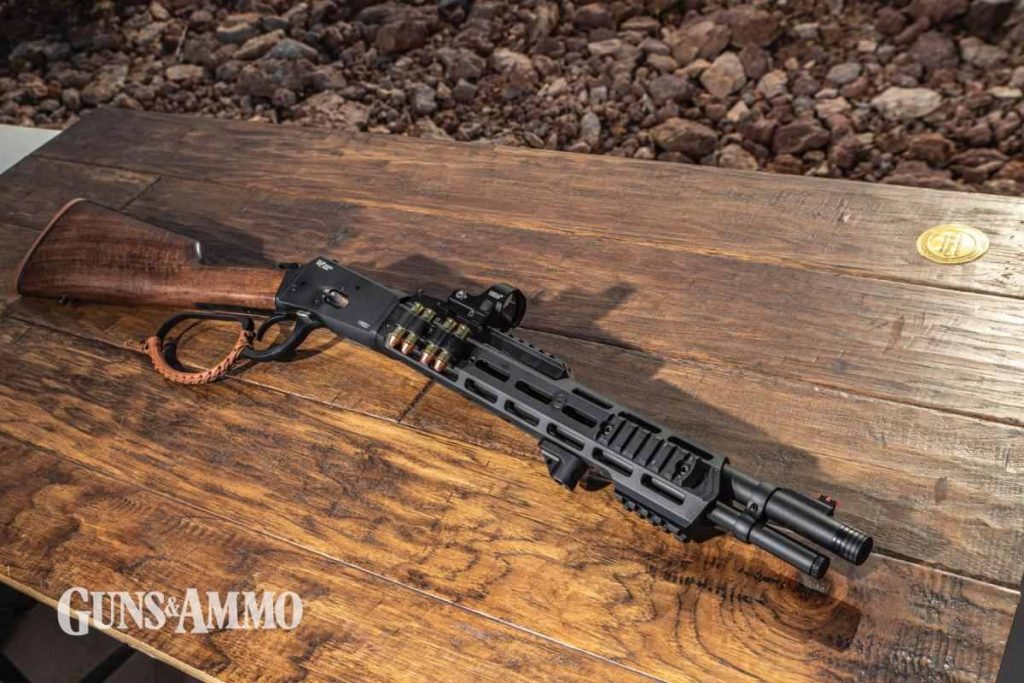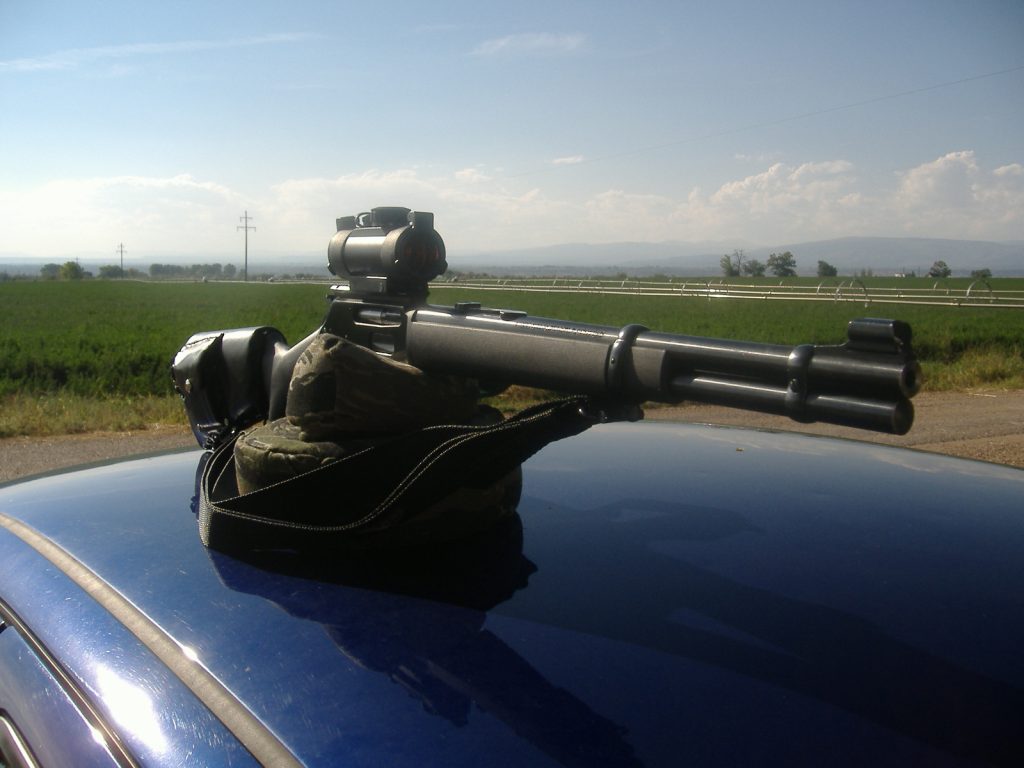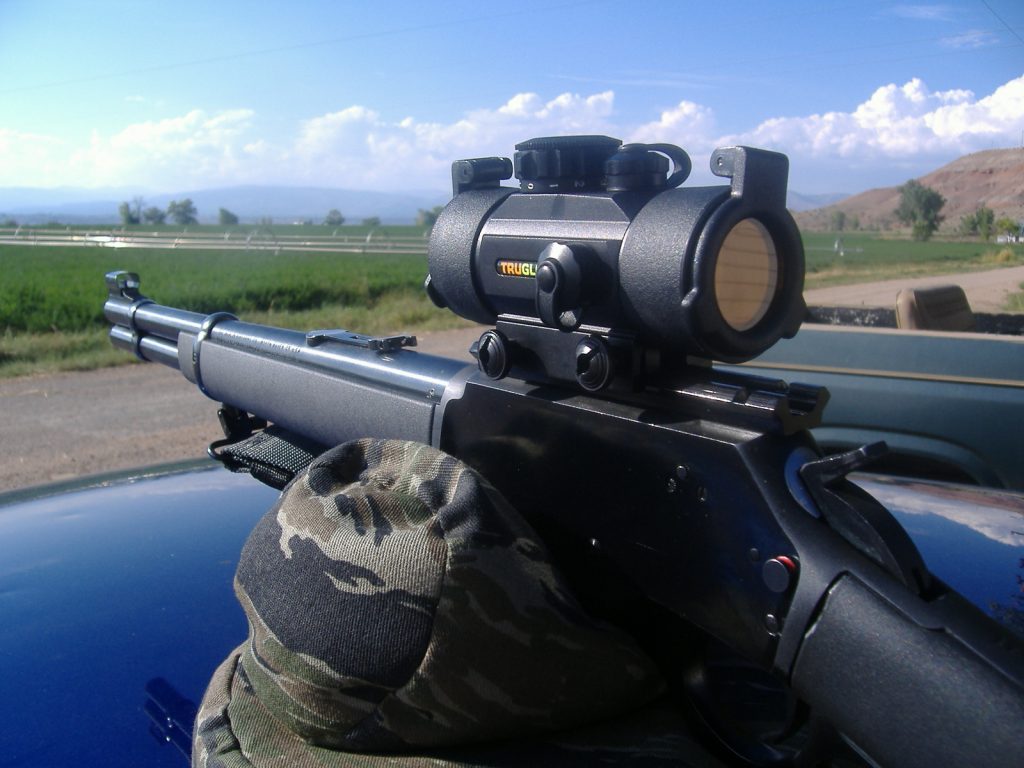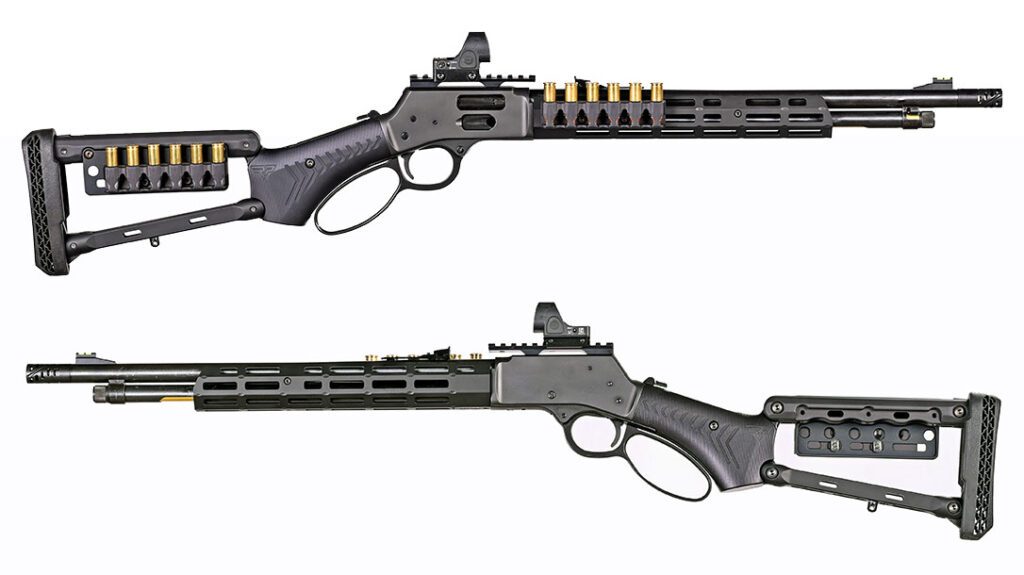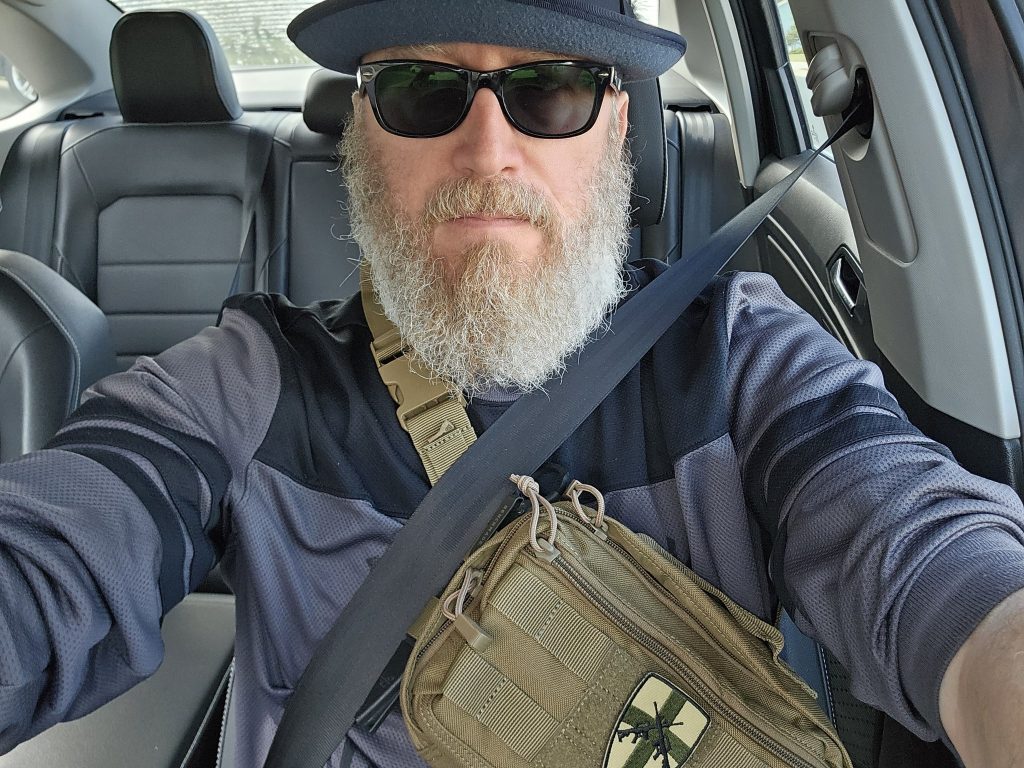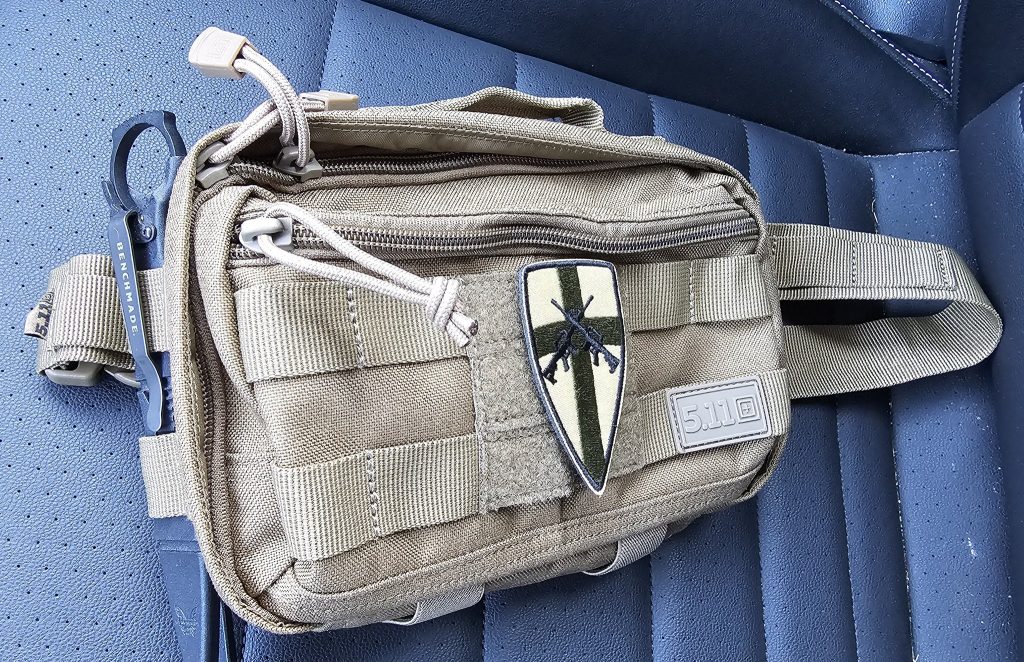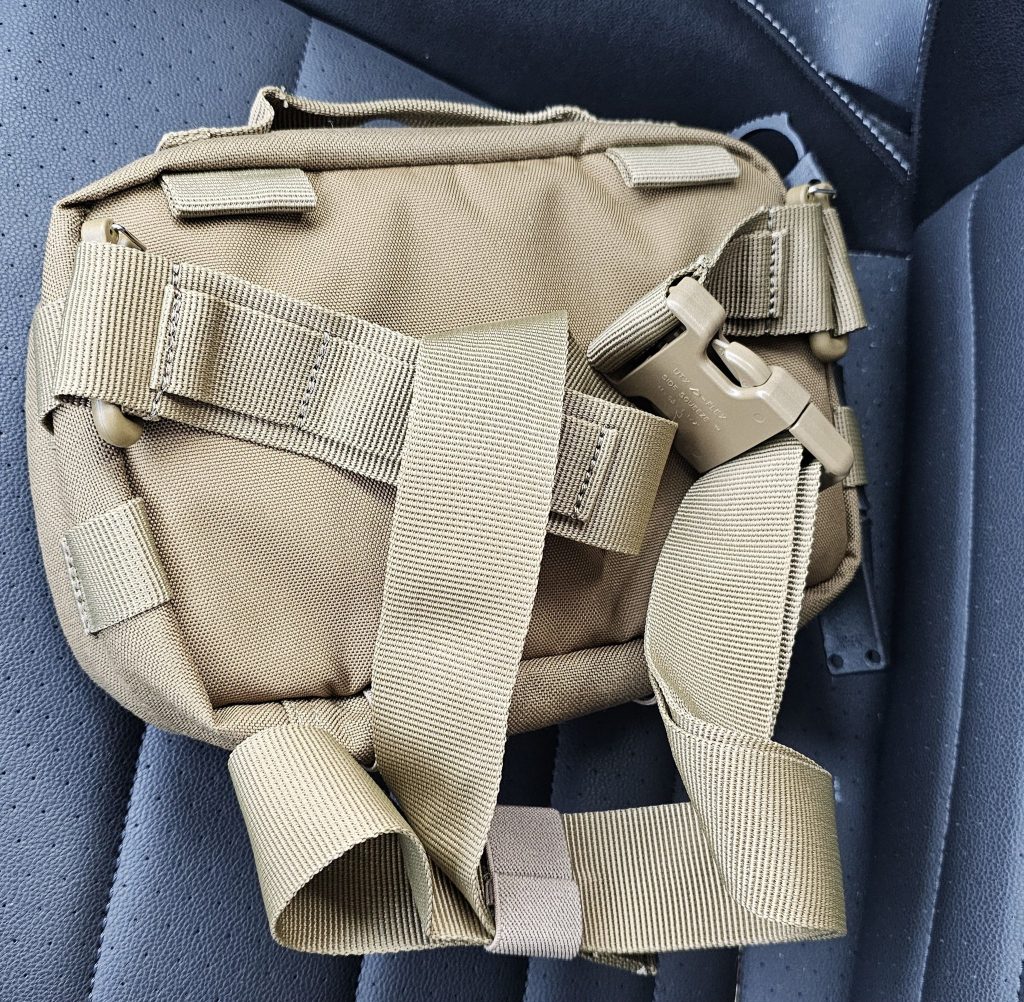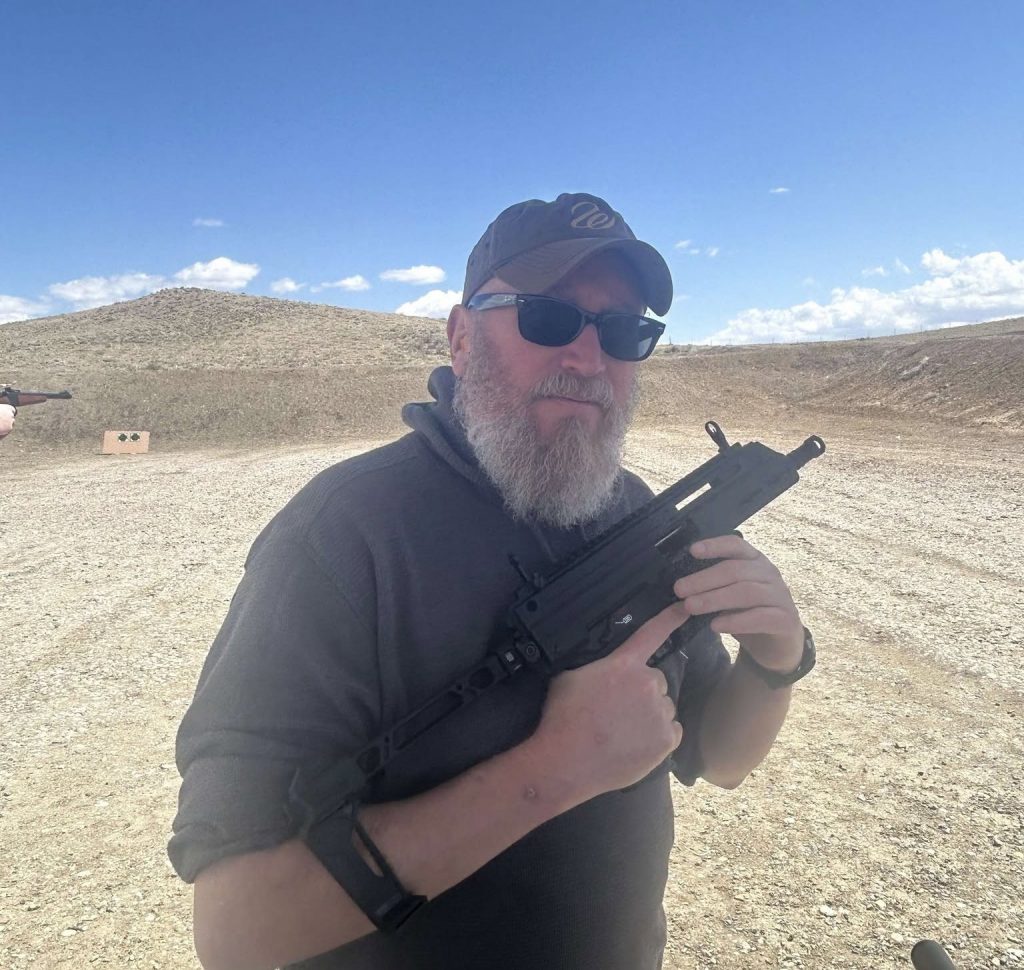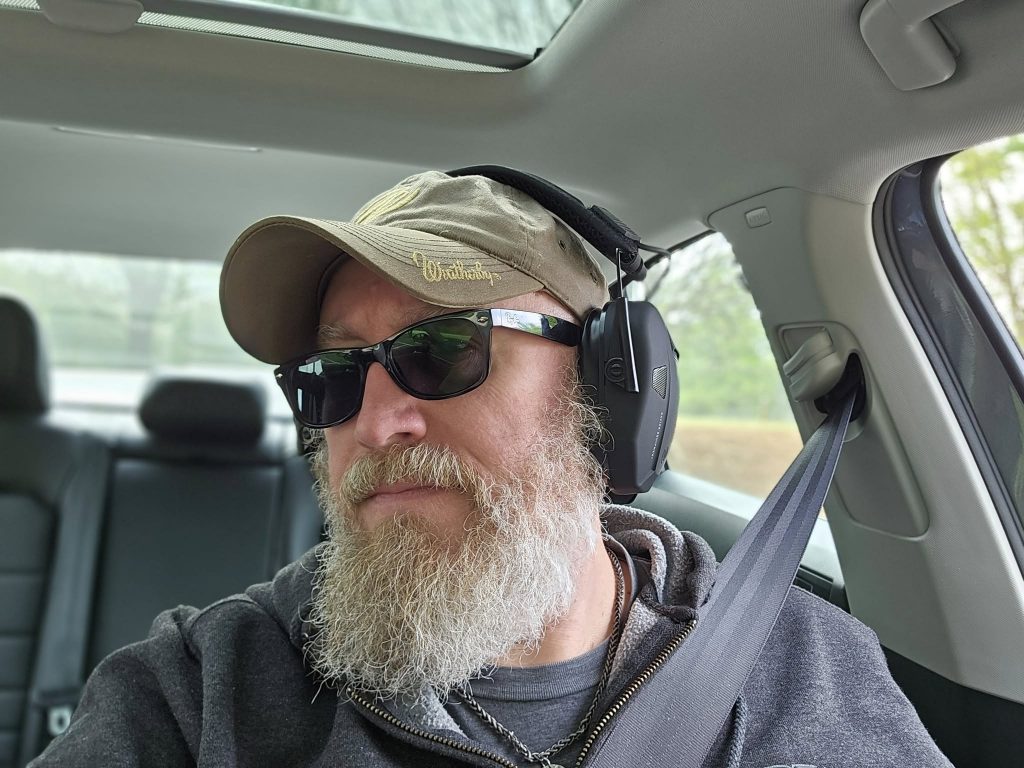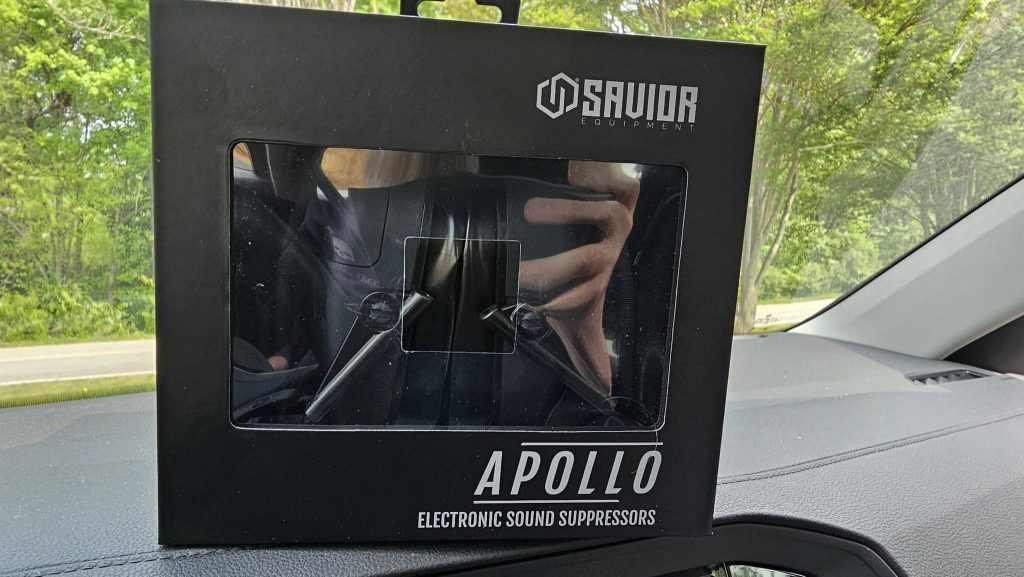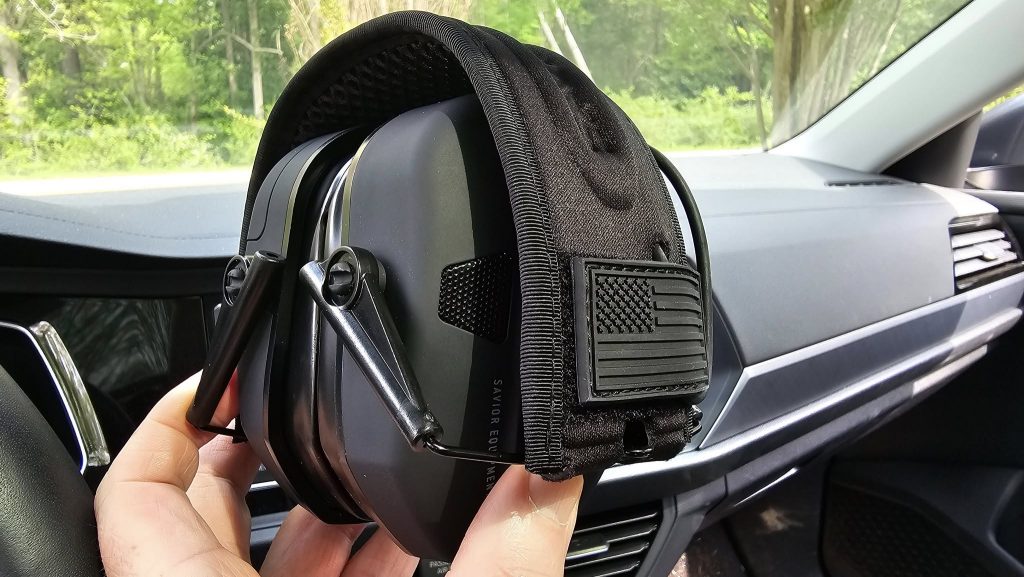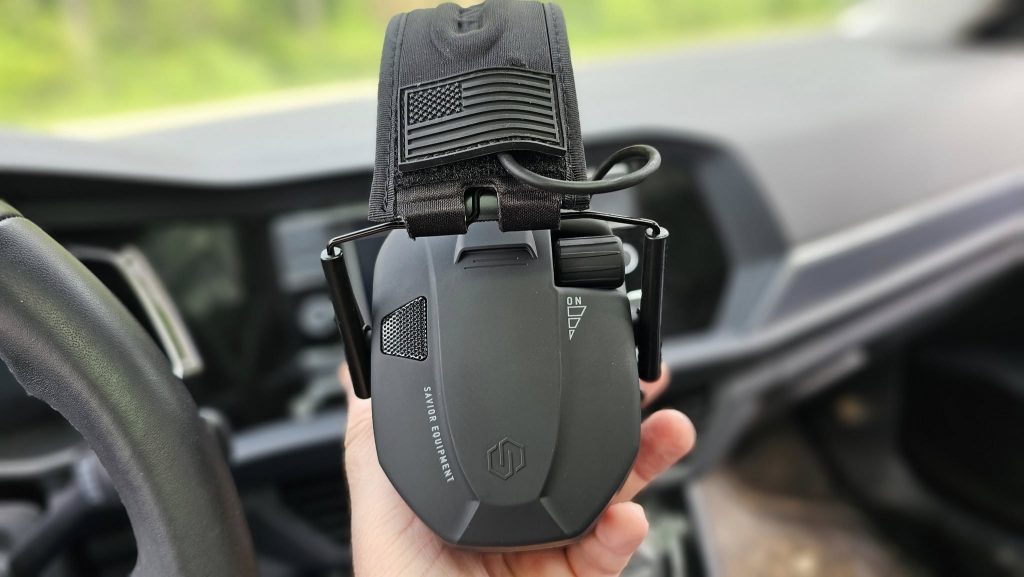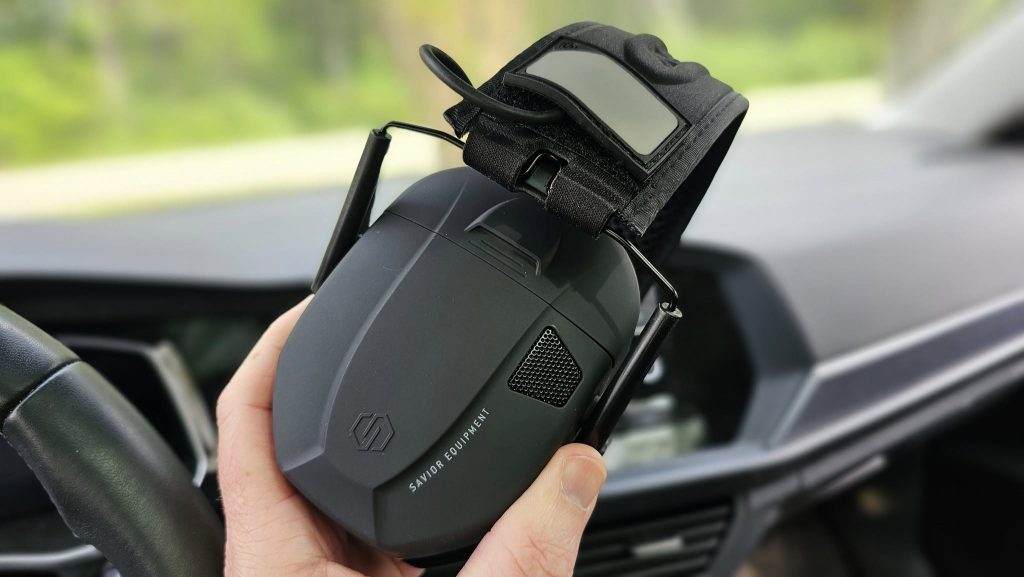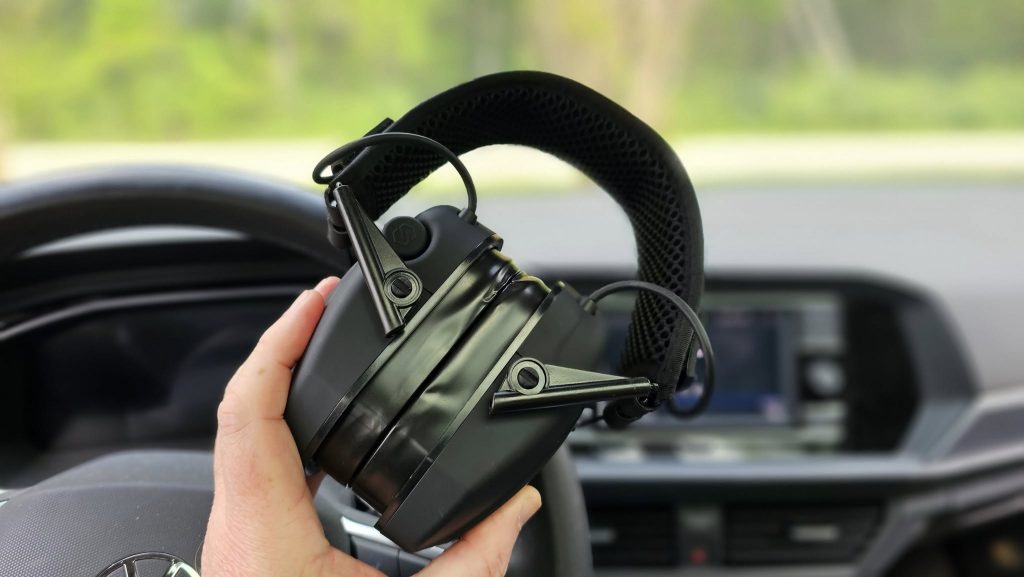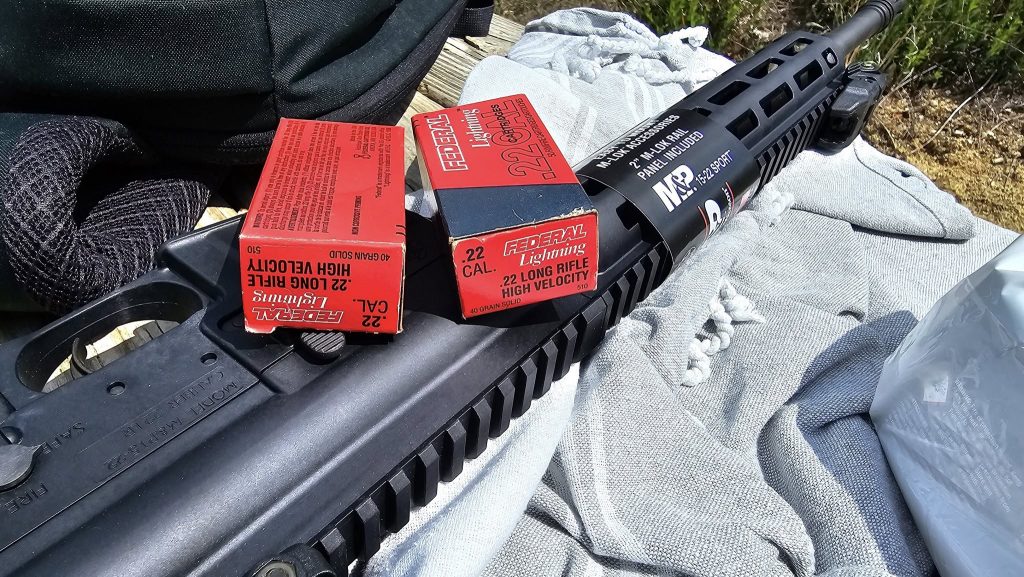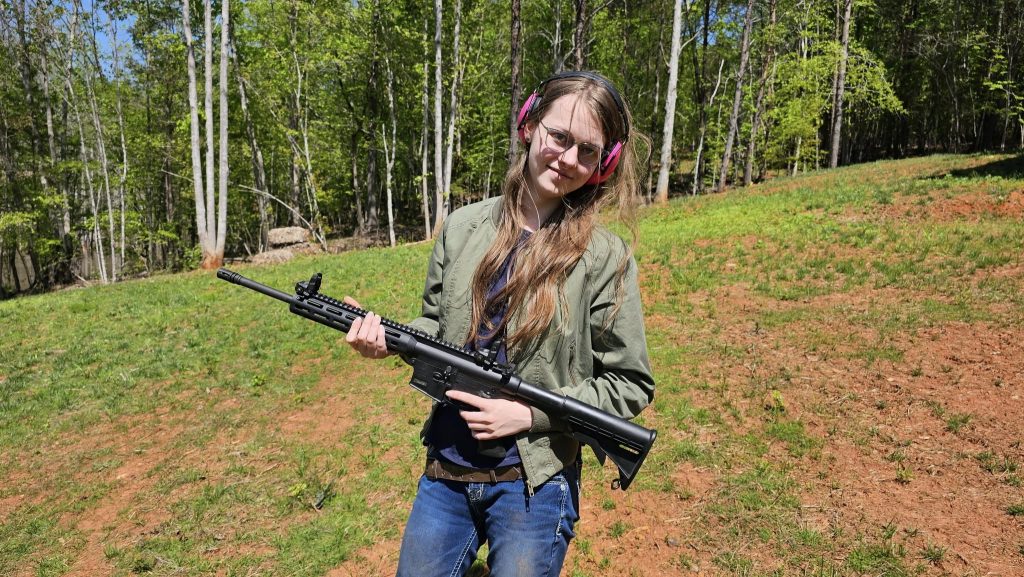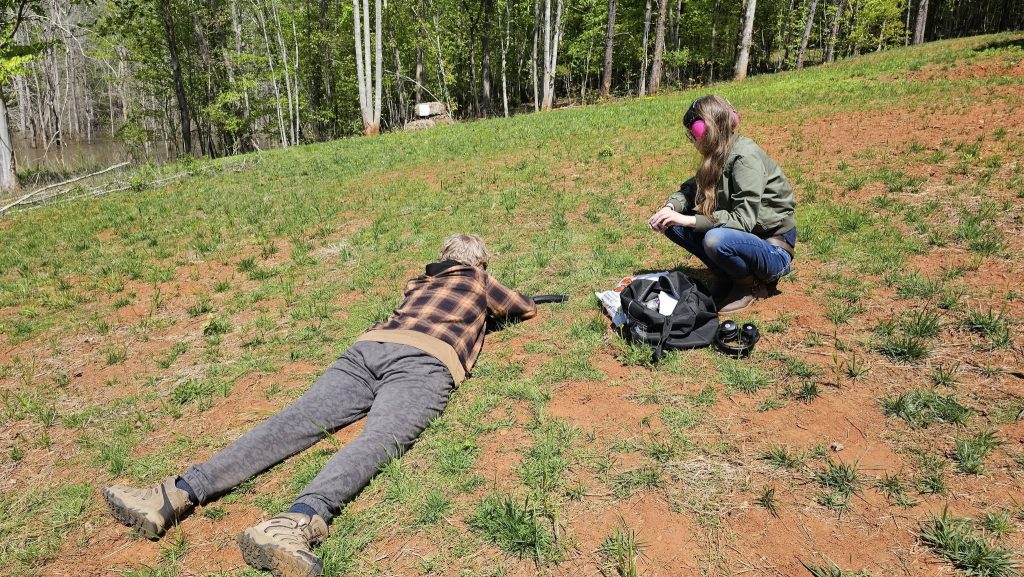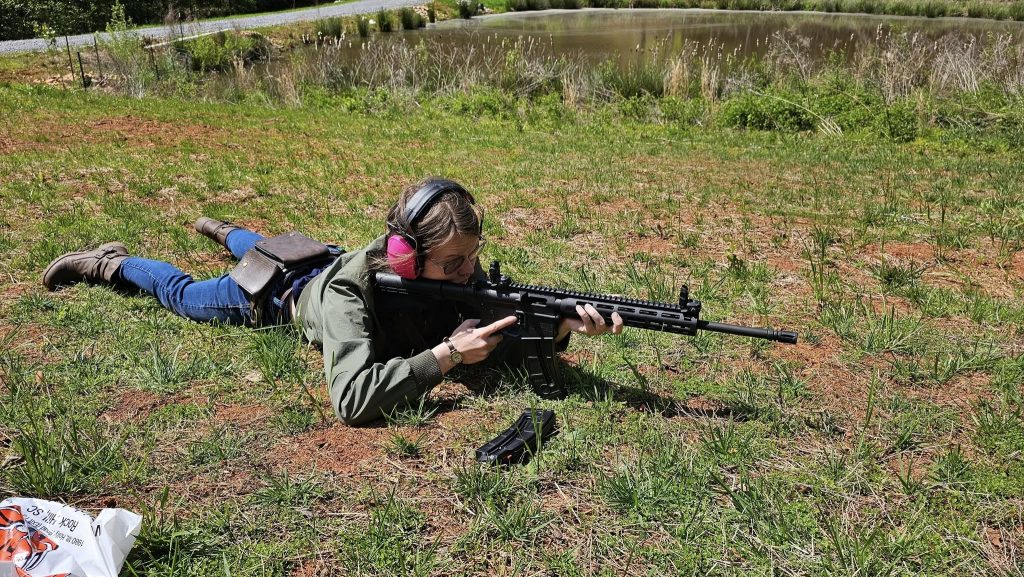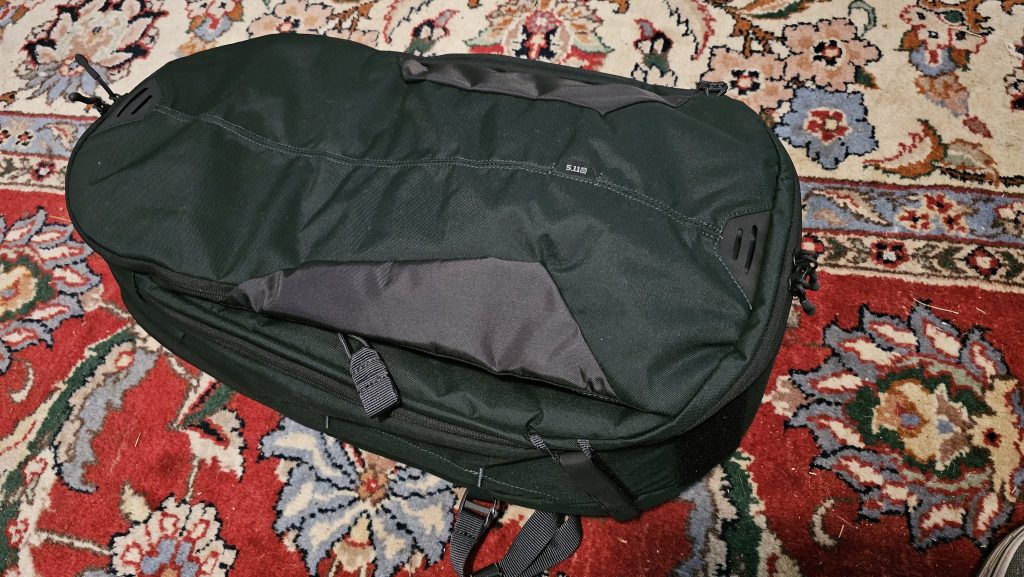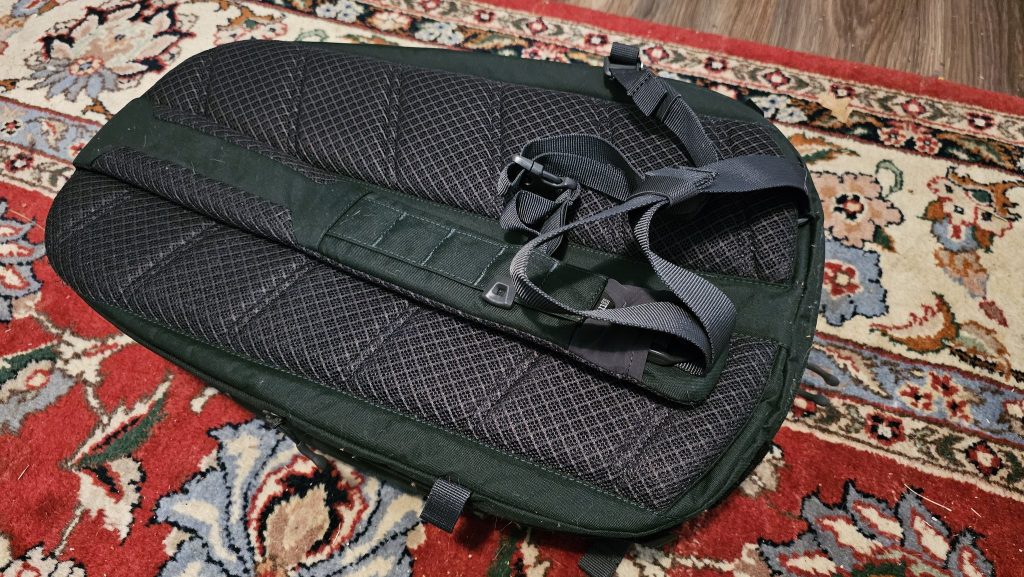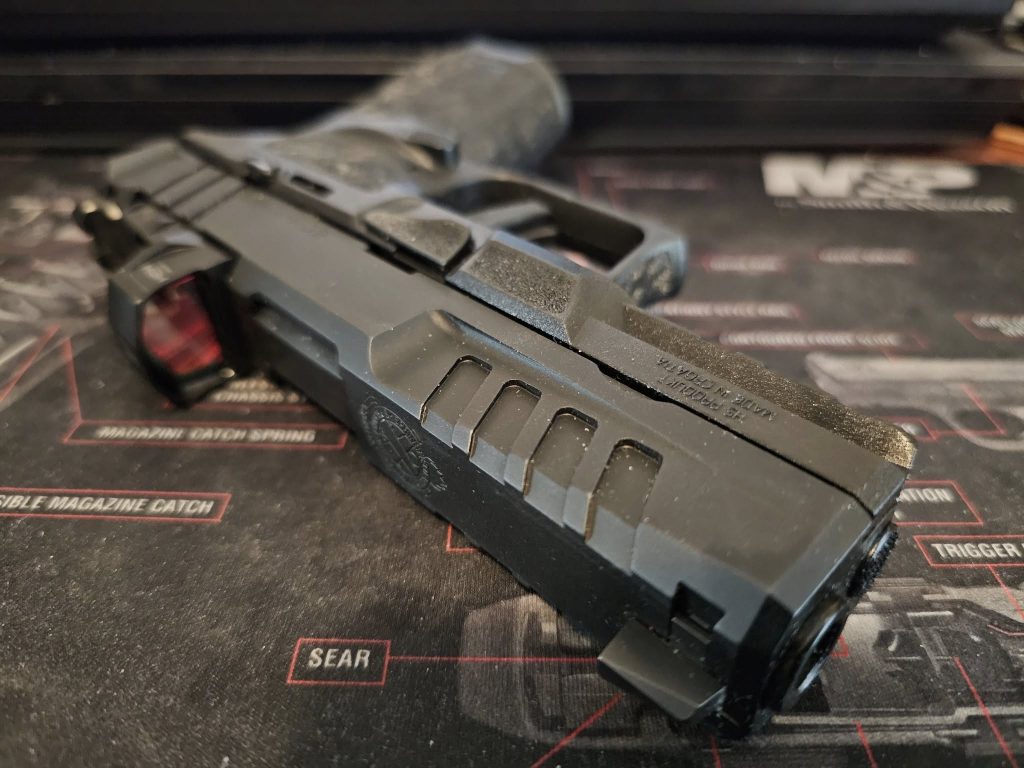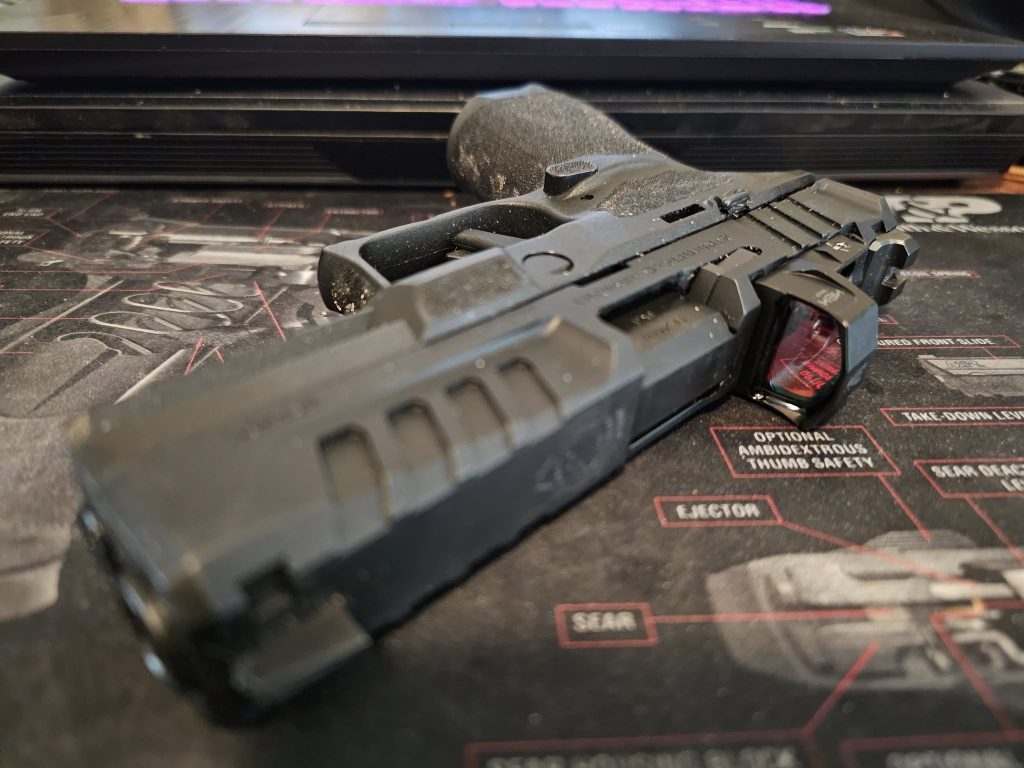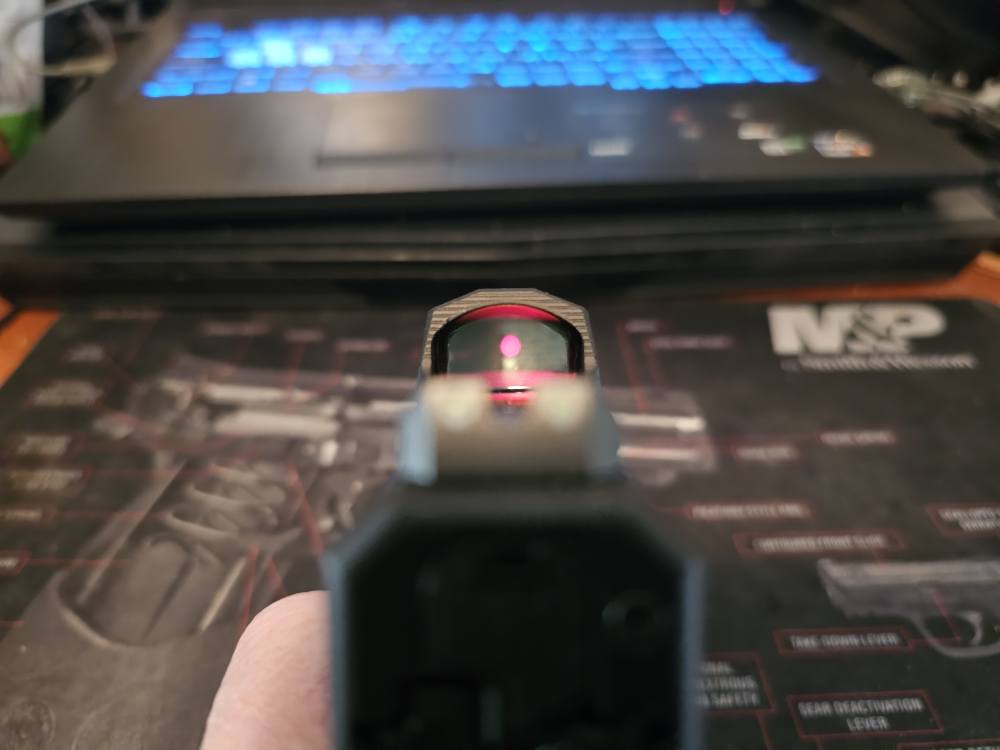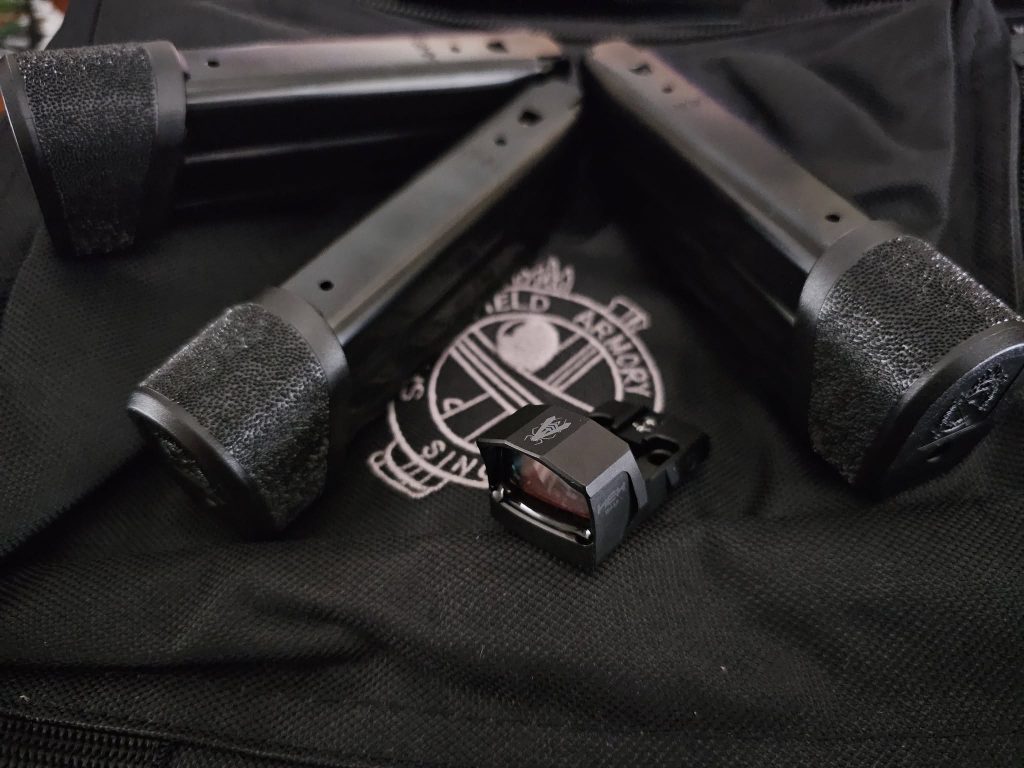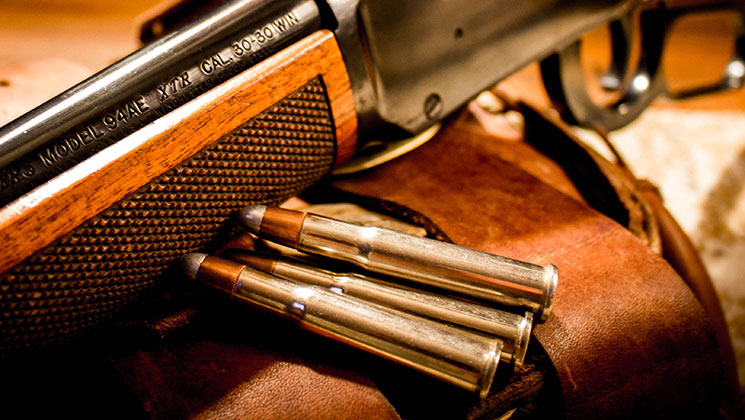
In 1895 Winchester shocked the world with the introduction of the Model 1894 in a new cartridge called the .30 Winchester Smokeless. It was later called the .30 WCF, and also known as the .30-30 Winchester. “Thuddy Thuddy” was using the then new Smokeless Powder, hence the original name, and offered wicked fast Velocity for the time. It took the shooting world by storm. It was commonly loaded with 150 grain and 170 grains, and it was used to hunt EVERYTHING in North America and most of the rest of the world. And for the guys hunting things a bit bigger and nastier than White Tails, Elk, and Outlaws… It did have some limitations. Enter Remington with something of an Upgrade to that caliber… The .35 Remington.
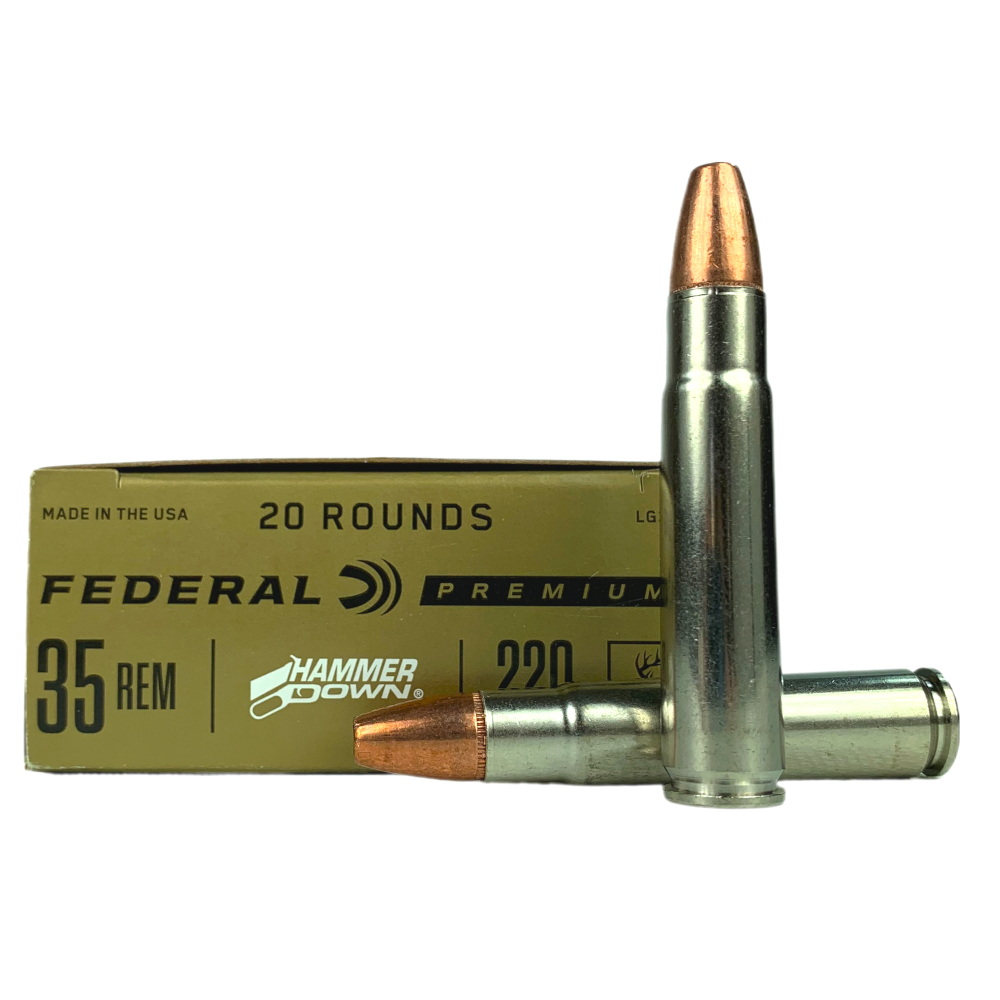
Remington loaded a Rimless case with a .35 caliber bullet with weights common in 200 and 220 grain loads, and while just a bit slower, offered more Energy and Momentum on Stubborn Targets. It became rather popular and has been known as a Brush Gun Cartridge, thanks to the heavier bullet’s ability to crash through the brush and still hit the target with enough grunt to put it down. Does a number on Bear Bones too. And remarkably, it does so with a similar ballistic trajectory as the .30-30 out to 300 yards. I’ve only done one hunt with a .35 Remington Marlin 336. But it was a successful hunt that did not require tracking of a wounded animal… It anchored it where it was standing. And that was with a Federal semi-jacketed Soft Point.
Below, we’ll compare the two cartridges in question with the same Hornady loading. The .35 Remington’s muzzle velocity of 2225, versus the .30-30’s of 2400 FPS. Now, this is with Hornady’s wonderful new powders and consistent loadings and high quality control… So these velocities might be a bit quicker than some older loadings… But they are safe to use in any lever action that’s in good condition.
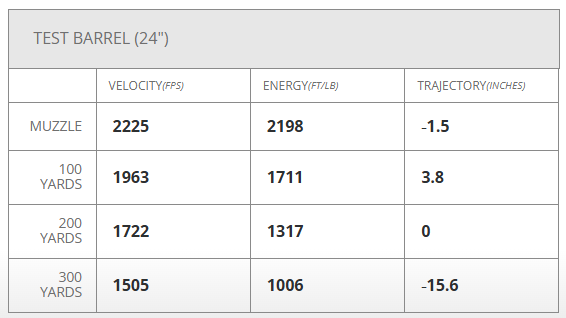
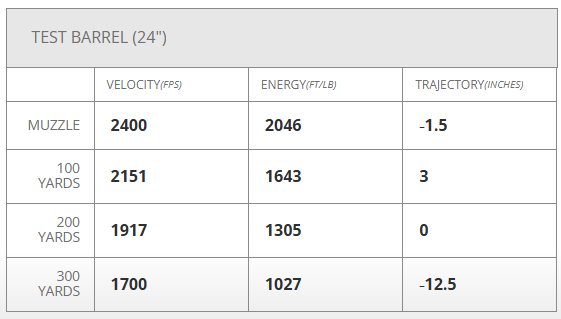
Thirty Five Remington might be a bit old fashioned now, and out of favor with the Trade Publications these days. But for those that have used it, have all done so with great satisfaction when used within it’s envelope. More modern cartridges do surpass it, just as the .350 Legend… And Remington’s own .35 Magnum. But when you have a Winchester 94 or Marlin 336 loaded up with some good .35 Remington ammo… You don’t feel outdated. You feel like a Classic.


